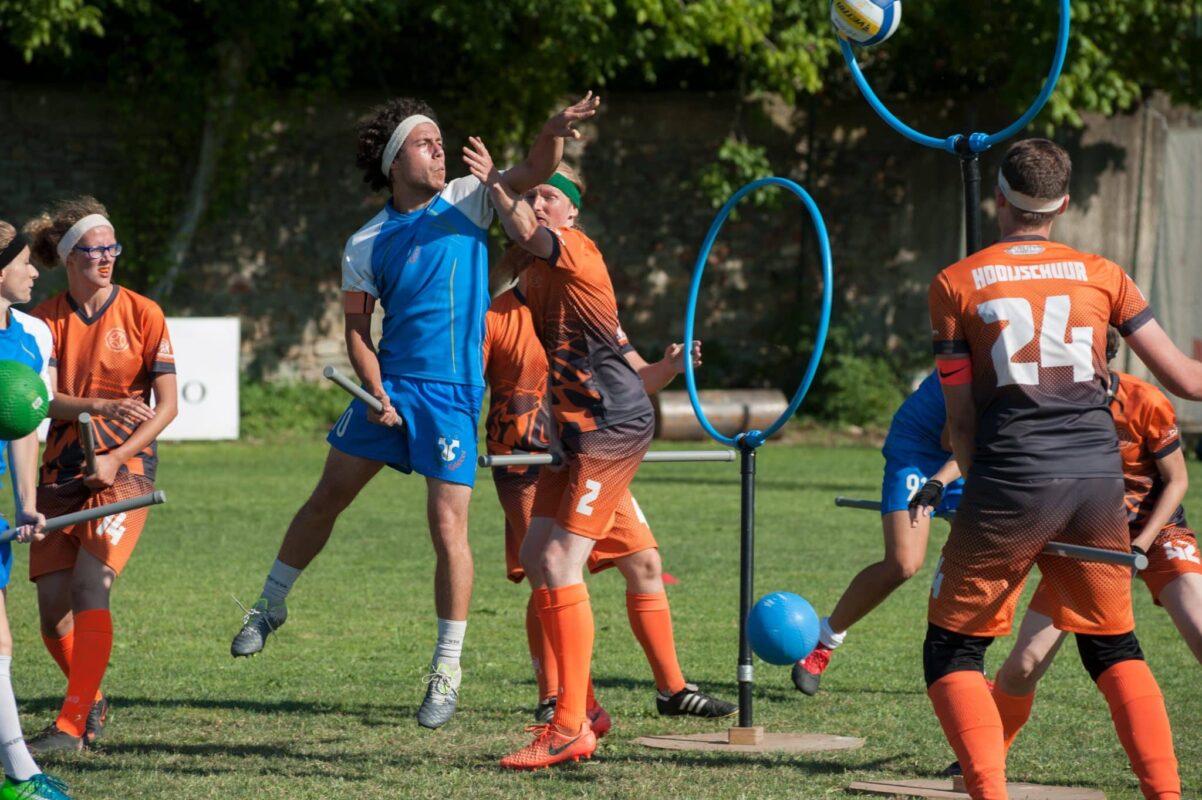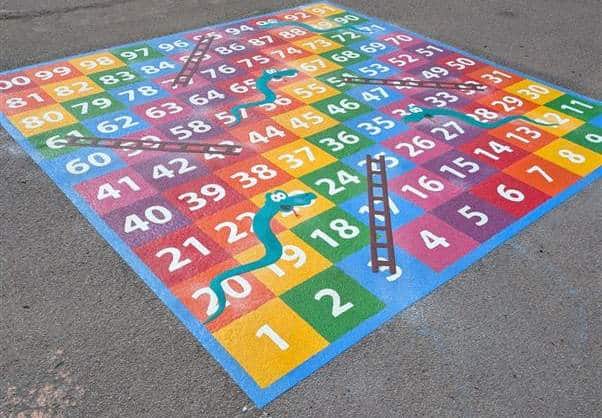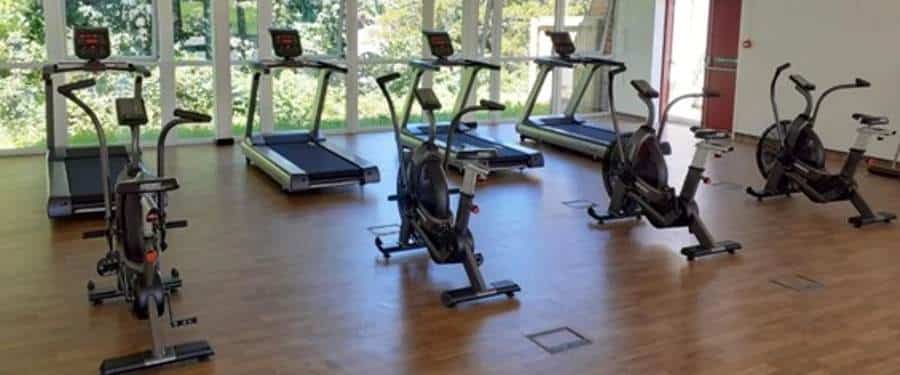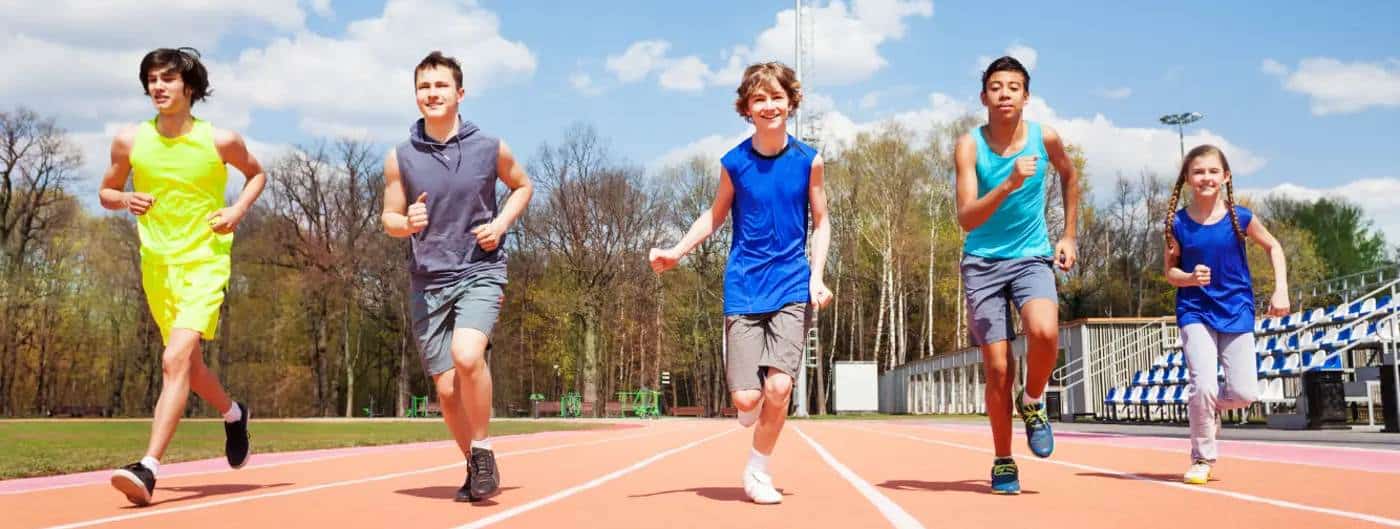‘American here. Just wondering what it meant to sit on the benches during Year 6? What is the importance of the benches?’
This simple question from a bemused Reddit reader across the pond prompted an outpouring of memories of the humble school bench!
‘It was/is the primary school equivalent of respecting the eldest in the school. There’s lots of other ways different schools do this, but the benches in assembly thing is pretty universal across the UK…
‘…Sitting on the benches was a privilege you looked forward to from your first days at the school…
‘‘The benches’ were more than a mere importance. They were a gateway to our future.’
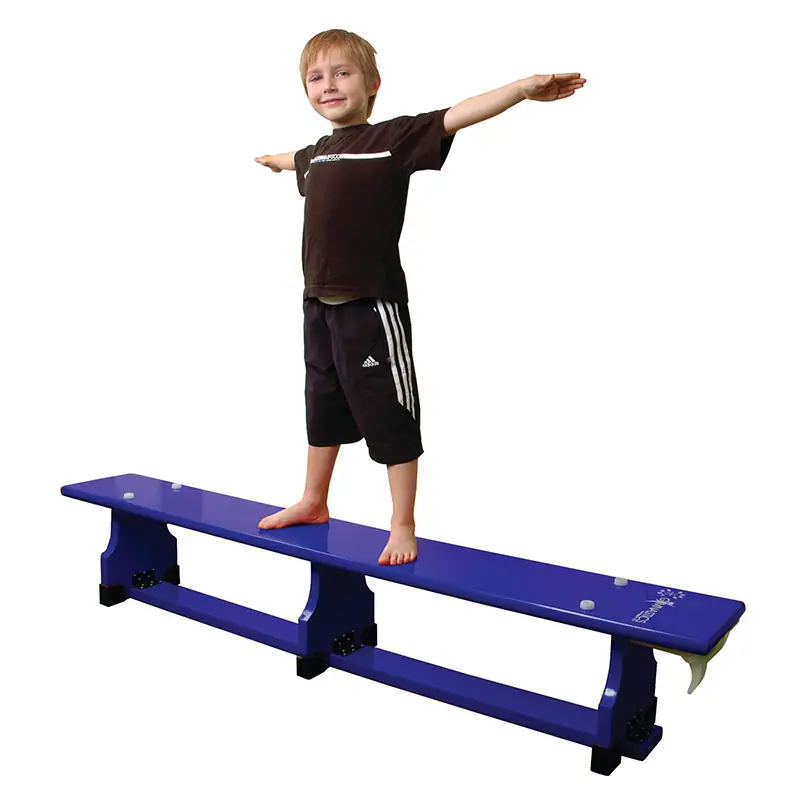
Like the mat, the school gym bench is an icon of tradition in every primary school and yet it has also manged to evolve and move with the times to stay as a core and essential piece of school, and school gym, equipment.
Nowadays, there is a school gym bench to suit every occasion, including:
- The padded balance bench with its sturdy but lightweight aluminium frame and upholstered top is a popular choice as a comfortable introduction for young children to the joys of bench time.
- Coloured lightweight balance benches make gyms look inviting and encourage colour-coded group work.
- Traditional wooden balance benches offer the look and craftmanship of quality and sturdiness to cope with tougher gym demands and various uses in general school life.
Whatever the main use or activity, it’s safety first for every bench! Look out for the details that make the difference:
- rubber feet and buttons
- anti-slip and uninterrupted surface
- dovetailed balance rail
- secure joints
- sturdy materials
- adjustable positions
- safe stacking
- protective padding
- longevity and durability
- Sustainable sourcing
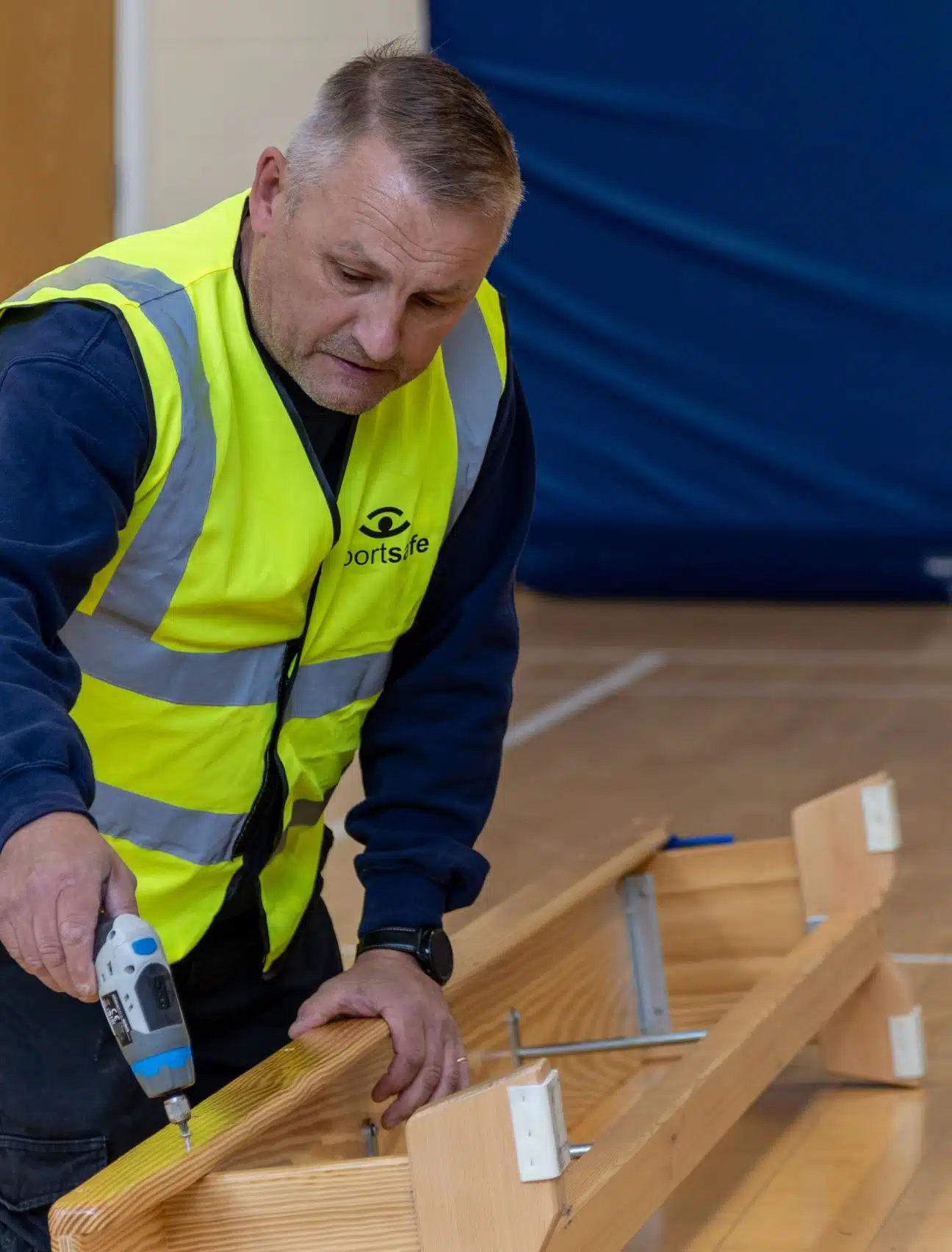
But what can the gym bench be used for…other than just as an assembly seating privilege, props support in school plays, or safe place to store rucksacks whilst using the hall?
Well, for example, look no further than the bench when you want to:
- Balance on a wide surface
- Balance on a narrow balance rail
- Press up with hands on the bench
- Press up with feet on the bench
- Jump on
- Jump off
- Practise safe landings
- Slide with self-propulsion
- Slide with gravity – hooks at one end attached to climbing frame or wall bars
- Crab walk
- Bunny hop
- Weight transfer
- Arm dip
- Step up
- Work with a partner
- Work on your own
- Play Dodgeball and other team games
All of the above can be achieved, at appropriate levels, by every pupil – with the core essentials of static and dynamic balance improving all the time. ‘Balance is a stability skill and an essential part of everything we do. Balance starts developing soon after birth as children start acquiring skills such as rolling, sitting and walking. It is very important to focus on the skill of balance with young children as it is an essential part of everything we do and affects the development of other locomotor and object control skills.’ (https://kiddo.edu.au/school/skills/balancing)
Ideas for fun and effective lessons incorporating the balance bench can be found at:
- PE Balancing On Benches Age 4, 5, 6 -Lesson Ideas
- Balance Development
- Gymnastics Bench Activities
- PE Station Ideas
- Balance Beam Games
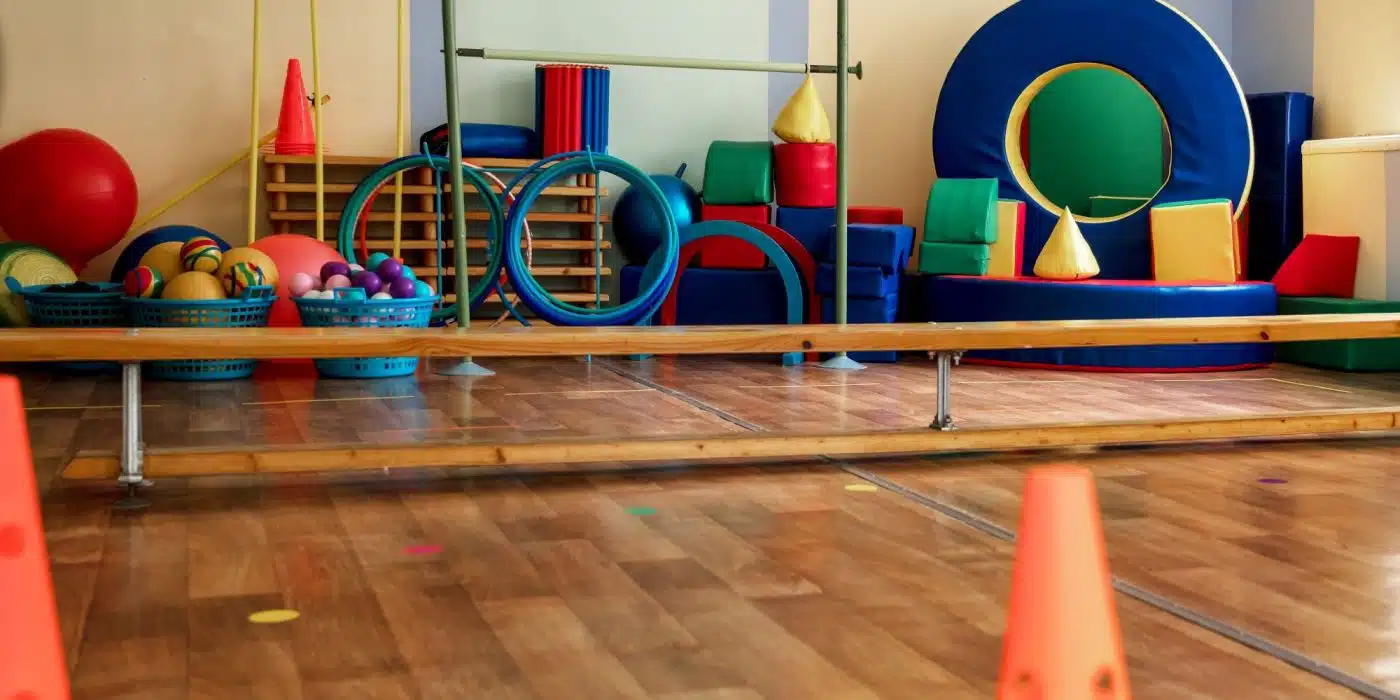
Education is the balance beam of life, where every step teaches you to find your centre.
Like the mat, benches are also friendly! They are not scary or too daunting to look at; they don’t need complicated instructions to use; and all abilities can use them in some way for something.
In conclusion, through its simplicity yet sturdiness and adaptability, the school gym bench supports the national curriculum ambition to enable children to learn and develop balance, agility, coordination and teamwork skills whilst also gaining confidence, strength and general fitness.
So, as the next academic year begins and new pupils arrive needing to find their feet, give them the reassurance, familiarity and challenge of the school gym bench. And, one day, maybe they too will reach the heady heights of being allowed to sit on the benches in assembly!
For more general information on how to improve your balance, both with and without a bench, have a look at:


